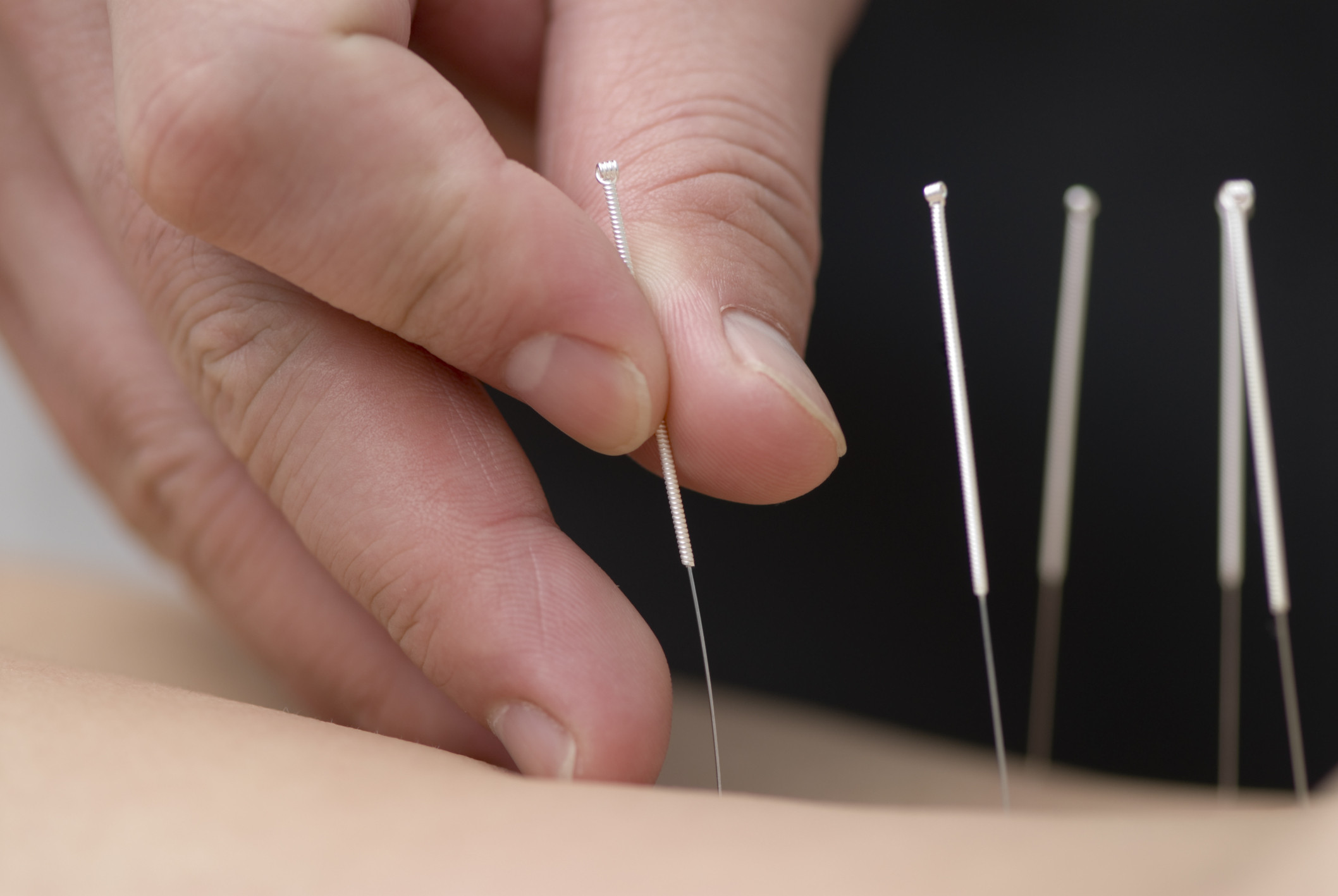In the bustling streets of Beijing, the serene temples of Kyoto, the vibrant neighborhoods of New York City, and the tranquil villages of rural Africa, the practice of acupuncture weaves its way into the fabric of cultures worldwide. From ancient traditions to modern clinics, acupuncture has transcended borders and boundaries to become a truly global phenomenon, embraced by millions seeking relief, healing, and holistic wellness.
A Tradition Spanning Millennia:
The roots of acupuncture stretch deep into the annals of history, tracing back over 2,500 years to ancient China. Born from the principles of Traditional Chinese Medicine (TCM), acupuncture has long been revered as a cornerstone of health and healing, its efficacy documented in ancient texts and passed down through generations of practitioners. From its humble origins in the Middle Kingdom, acupuncture gradually spread its wings, traversing the Silk Road to distant lands and cultures, where it took root and flourished amidst diverse traditions and beliefs.
From East to West:
The journey of acupuncture beyond Asia began in the 17th century when Jesuit missionaries and travelers documented their encounters with this mysterious healing art. However, it wasn’t until the latter half of the 20th century that acupuncture gained wider recognition in the West, thanks in part to pioneering efforts by scholars, physicians, and advocates who sought to bridge the gap between Eastern wisdom and Western science. As interest in alternative medicine grew, so too did the popularity of acupuncture, with clinics and practitioners cropping up in cities and towns across North America, Europe, Australia, and beyond.
A Global Renaissance:
Today, acupuncture enjoys a renaissance of sorts, with millions of people worldwide turning to this ancient therapy for relief and healing. According to the World Health Organization (WHO), acupuncture is practiced in over 180 countries, spanning every continent and culture. In China alone, acupuncture clinics are as ubiquitous as coffee shops in Western cities, catering to a diverse clientele seeking everything from pain management and stress relief to fertility support and wellness maintenance.
The Rise of Integrative Medicine:
One of the driving forces behind acupuncture’s global proliferation is the rise of integrative medicine—a patient-centered approach that combines conventional treatments with complementary therapies such as acupuncture, herbal medicine, and mind-body practices. In hospitals, clinics, and academic medical centers around the world, acupuncture is increasingly being integrated into mainstream healthcare settings, alongside conventional treatments for a wide range of conditions, from chronic pain and cancer care to mental health and women’s health issues.
The Power of Personal Testimonials:
Beyond the statistics and surveys lie countless personal testimonials from individuals whose lives have been transformed by acupuncture. From the athlete recovering from a sports injury to the cancer patient undergoing chemotherapy, from the stressed-out executive seeking relaxation to the expectant mother preparing for childbirth, acupuncture has touched the lives of people from all walks of life, offering hope, relief, and a renewed sense of well-being.
Challenges and Controversies:
Despite its widespread popularity, acupuncture is not without its skeptics and controversies. Critics question its scientific validity, citing a lack of rigorous evidence and the placebo effect as possible explanations for its perceived benefits. Others raise concerns about safety, regulation, and training standards, particularly in regions where acupuncture is less tightly regulated. Nevertheless, proponents of acupuncture argue that its long history, clinical experience, and growing body of research provide ample justification for its continued use and integration into healthcare systems worldwide.
Looking to the Future:
As we gaze into the future, the horizon of acupuncture shines bright with promise. Advances in technology, research, and education hold the potential to deepen our understanding of acupuncture’s mechanisms and optimize its therapeutic benefits. From innovative techniques and personalized treatment approaches to cross-cultural collaborations and global initiatives, acupuncture is poised to continue its journey as a beacon of healing and hope for generations to come.
The widespread use of acupuncture is a testament to its enduring appeal and efficacy as a holistic therapy for mind, body, and spirit. From ancient roots to modern clinics, acupuncture transcends cultural boundaries to offer a pathway to health, wellness, and vitality for people around the world.



